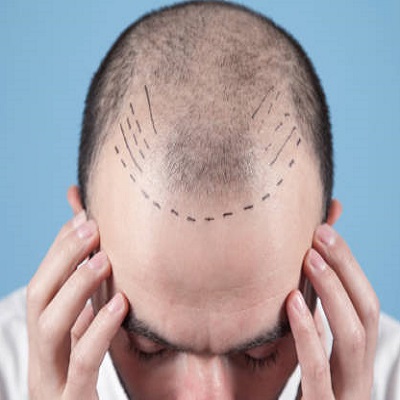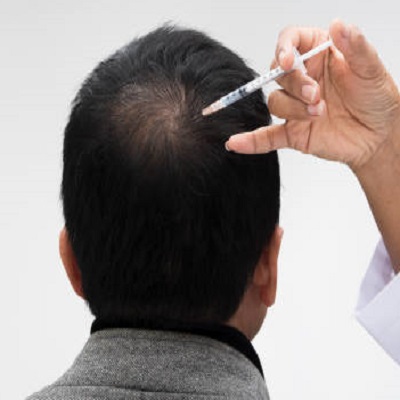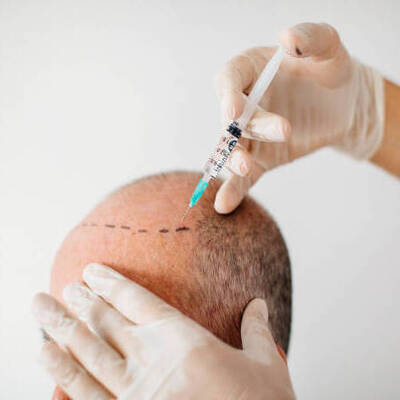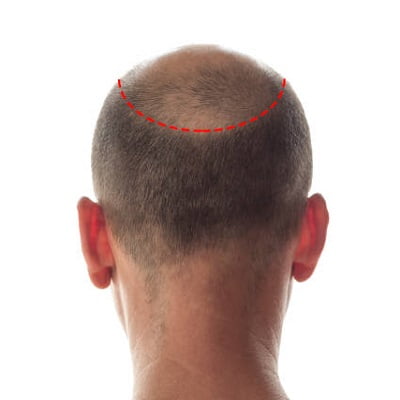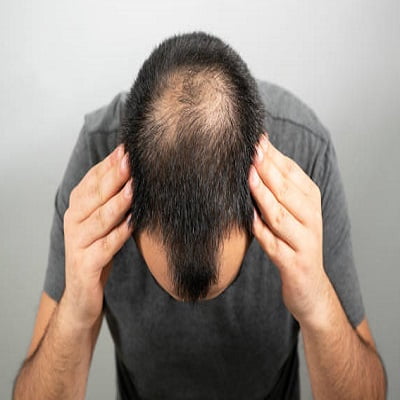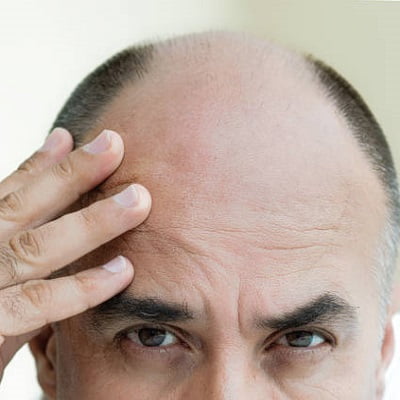Hair loss is a common concern for many individuals, impacting self-esteem and overall well-being. Fortunately, hair transplantation in Islamabad has become an effective solution for those looking to regain a fuller head of hair.
This blog post will delve into the various aspects that influence the cost of 1500 hair grafts in Pakistan. Read the blogs for more information!
Cost for 1500 Hair Grafts in Pakistan:
The cost of 1500 hair grafts in Pakistan ranges between PKR70,000 to PKR 100,000.It can vary widely based on the factors mentioned below. On average, the cost per graft in Pakistan can be calculated, with some high-end clinics charging even more.
It’s important to note that this is a general estimate, and the actual cost may differ based on individual circumstances and clinic-specific factors. Additionally, some clinics may offer package deals that include pre-operative assessments, postoperative care, and follow-up consultations in the overall cost.
Factors Influencing Hair Graft Costs:
Clinic Reputation and Expertise:
The reputation and expertise of the clinic or surgeon performing the hair transplant play a significant role in determining the cost. Established clinics with experienced surgeons often charge higher fees due to their track record of successful procedures and satisfied patients.
Location of the Clinic:
The geographical location of the clinic can also impact the cost of hair grafts. Clinics in major cities or popular medical tourism destinations may charge more due to higher operational costs and increased service demand.
Technology and Techniques:
The technology and techniques employed during the hair transplant can affect the overall cost. Clinics that use advanced technology and innovative methods may charge higher fees, as these approaches often result in more precise and natural-looking outcomes.
Number of Grafts:
The total number of grafts required, in this case, 1500, directly influences the cost. The more grafts needed, the higher the overall expense. This number is determined based on the extent of hair loss and the desired level of coverage.
Qualifications of the Surgeon:
The qualifications and experience of the surgeon performing the procedure are crucial factors. Highly skilled and experienced surgeons charge more for their services, as their expertise contributes to successful outcomes.
Clinic Facilities:
The facilities provided by the clinic, including the quality of the operating room, postoperative care, and overall patient experience, can affect the cost. Clinics offering top-notch facilities may charge a premium for their services.
Choosing the Right Clinic
While cost is a significant consideration, it’s equally important to prioritize the quality and safety of the procedure. When selecting a clinic for a hair transplant, consider the following factors:
- Surgeon’s Credentials: Verify the qualifications and experience of the surgeon performing the procedure. Look for certifications and memberships in relevant medical associations.
- Patient Reviews: Read reviews and testimonials from previous patients to gauge the clinic’s reputation and the satisfaction of its clients. Real-life experiences can provide valuable insights.
- Facilities and Technology: Ensure the clinic is well-equipped with modern facilities and utilizes advanced technology. This can contribute to the success of the procedure and the overall patient experience.
Transparent Pricing: Choose a clinic that provides transparent pricing with no hidden costs. A clear breakdown of expenses can help you make an informed decision.
- Consultation: Schedule a consultation with the surgeon to discuss your specific needs, expectations, and concerns. A reputable clinic will provide personalized advice and guidance.
The Bottom Line!
The decision to undergo a hair transplant is significant, and understanding the factors that influence the cost is crucial for making an informed choice. While Pakistan has become a popular destination for affordable and high-quality medical procedures, it’s essential to balance cost considerations with the reputation and expertise of the clinic and surgeon.
By carefully researching and selecting a reputable clinic like SKN Cosmetic Clinic Islamabad, individuals can achieve the desired results and regain their confidence through a successful hair transplant procedure.

